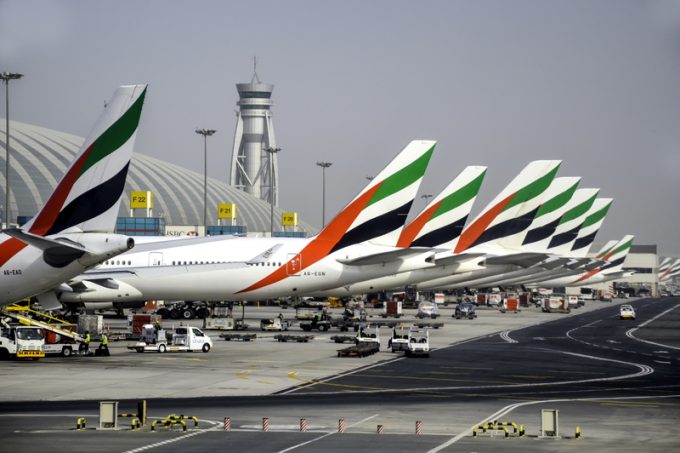New ecommerce flight from China into Prestwick could boost Scottish exports
Ecommerce into the UK from China has found a faster and more efficient route: via ...

In the first of a four-part series, Stan Wraight, president of air cargo consultancy SASI, takes off the gloves to explain how airports, airlines and handlers can benefit from new thinking, and reclaim the vast revenues that have been given away to integrators and forwarders ...
MSC switches two more Asia-Europe port calls from congested Antwerp
Front-loading frenzy has made traditional H2 peak season 'unlikely'
Tradelanes: Export boom in Indian sub-continent triggers rise in airfreight rates
Carriers introduce surcharges as congestion builds at African ports
Mexican airport modernisation plan unlikely to boost cargo facilities
Ports and supply chain operators weigh in on funding for CPB
Tradelanes: Overcapacity on Asia-S America impacting alliances and rates
Box ship overcapacity threat from carrier appetite for new tonnage

Comment on this article